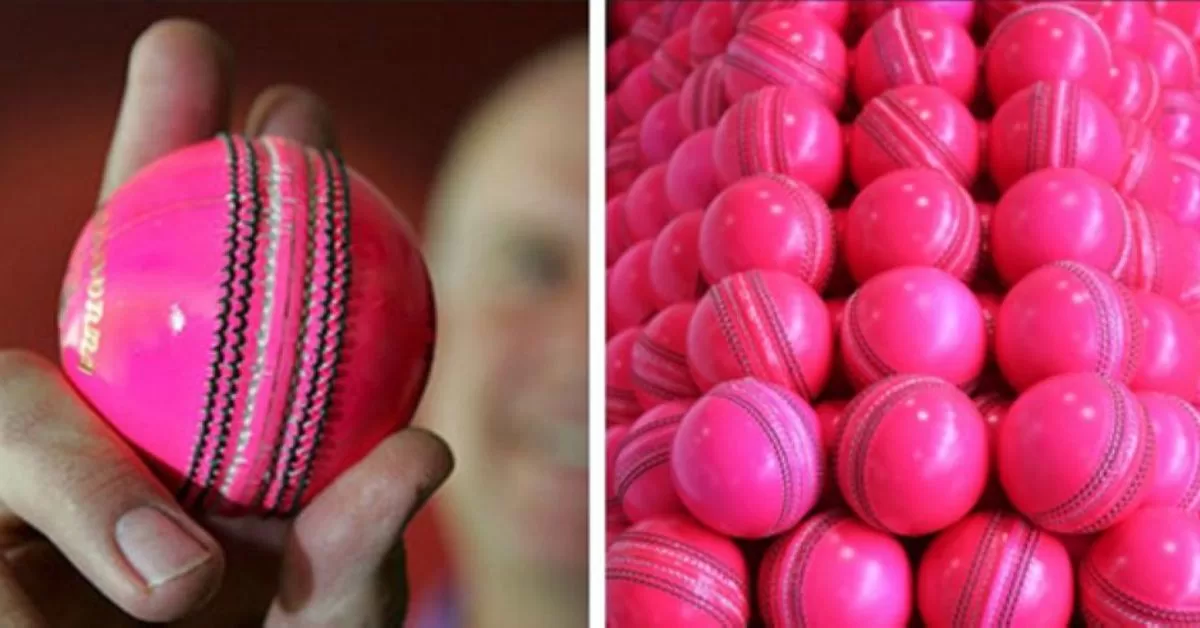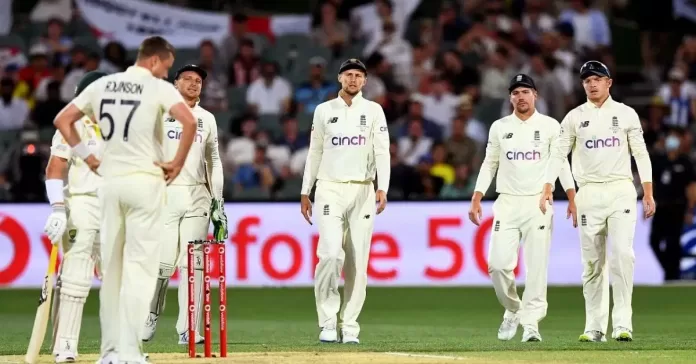Cricket has a rich history, and over the years, the game has evolved in various aspects, including the introduction of day-night Test matches. These matches played with a pink ball under floodlights, have brought a new dimension to the traditional format of the game.
YouTube CC: @starsports
Day-night Test cricket was first conceptualized to attract larger crowds and engage more viewers, particularly after declining attendance in the longer format of the game. The inaugural day-night Test took place in 2015 at the Adelaide Oval, with Australia hosting New Zealand.
Challenges of Pink Ball in Day Night Test Cricket
The introduction of the pink ball was not without its challenges. Bowlers had to adapt their skills to suit the different playing conditions under lights, and batsmen had to be more cautious during the twilight phase when the ball tended to swing more.
Despite initial scepticism, day-night Test cricket soon gained popularity due to its unique characteristics. It not only rekindled interest among spectators but also offered players an opportunity to experience a new challenge in their careers.

The pink ball itself underwent several modifications to improve visibility and durability. Manufacturers worked tirelessly to strike a balance between the ball’s traditional characteristics and its suitability for day-night Test cricket.
Gradually, more cricketing nations embraced day-night Tests, with venues around the world witnessing electrifying encounters under floodlights. The pink-ball spectacle also encouraged traditional cricketing powerhouses to host day-night Tests, infusing new life into the longer format.
Moreover, day-night Tests opened up new avenues for hosting matches in countries with scorching daytime temperatures. Playing under lights offered a cooler atmosphere, making it more comfortable for players and spectators alike.
Managing the Dew Factor
Transitioning from day to night and managing the dew factor became crucial aspects of day-night Test cricket. Captains had to strategize their gameplay effectively to optimize their team’s performance throughout the day.

The concept of day-night Tests also played a vital role in promoting women’s cricket. It provided an opportunity to showcase the talent of female cricketers on a grand stage, fostering gender equality in the sport.
As the years passed, day-night Test cricket earned its own place in the cricketing calendar. Memorable encounters, record-breaking feats, and dramatic finishes added to its allure. Fans across the globe eagerly awaited day-night Tests as a special treat in the cricketing calendar.
READ MORE: BCCI is working on new laws to stop retired players from participating in Foreign T20 leagues.
In conclusion, the fascinating history of day-night Test cricket is a testament to the sport’s ability to evolve with changing times. This innovation has not only revitalized interest in Test cricket but has also paved the way for new opportunities and experiences for players and fans alike. As the game continues to progress, day-night Tests will remain an essential chapter in the cricketing narrative, contributing to the legacy of this magnificent sport.


